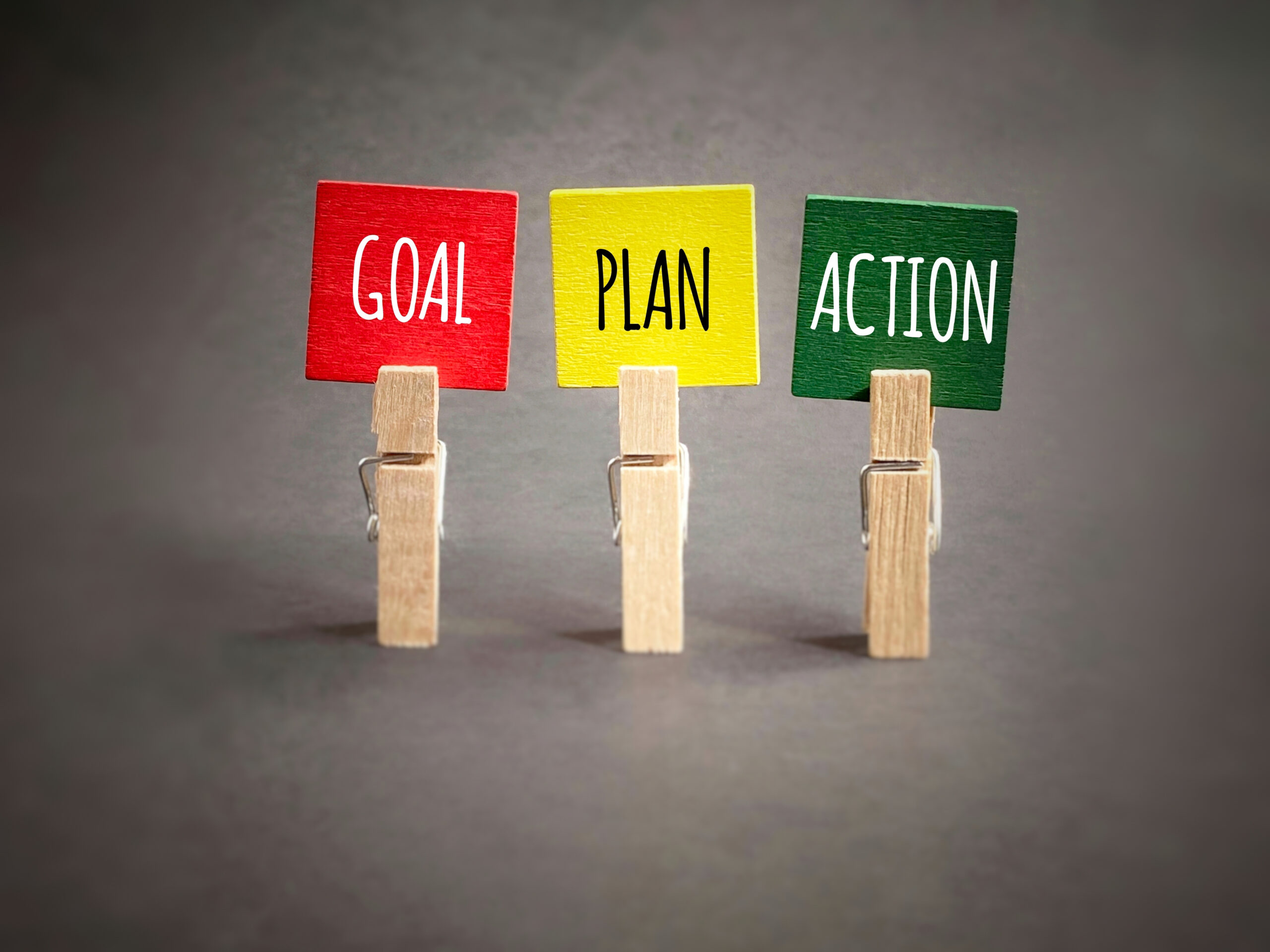Health Risk Assessments (HRAs) have become a cornerstone of employee wellness programs, offering valuable insights into the health risks facing your workforce. But with so many options on the market, deciding which type of HRA is right for your business can be overwhelming. One of the most critical decisions you’ll need to make is whether to use an NCQA-validated HRA or a non-NCQA validated version. Let’s break down the key factors to help you make the best choice for your organization.
Understanding the Importance of HRAs in Workplace Wellness
Before diving into the specifics of NCQA vs. non-NCQA HRAs, it’s essential to understand why HRAs are crucial for your business. These assessments help identify potential health risks among employees, allowing you to implement targeted interventions. The benefits are clear: improved employee health, reduced absenteeism, and lower healthcare costs.
But not all HRAs are created equal. The length, format, and validation method of an HRA can significantly impact its effectiveness. This is where the distinction between NCQA-validated and non-NCQA validated HRAs becomes important.
NCQA-Validated vs. Non-NCQA Validated HRAs: What’s the Difference?
NCQA-Validated HRAs
The National Committee for Quality Assurance (NCQA) is a nonprofit organization dedicated to improving healthcare quality. An HRA that is NCQA-validated has undergone rigorous testing to ensure it meets specific standards for reliability, validity, and predictive accuracy. This validation is especially valuable for employers who need to ensure that their wellness programs are credible and effective.
Benefits of NCQA-Validated HRAs:
- Predictive Accuracy: These HRAs are designed to provide highly accurate risk profiles, which is crucial for identifying employees at risk for chronic conditions. For further reading, see The NCQA’s Standards for Accreditation NCQA Standards.
- Standardization: With NCQA validation, you can be confident that the HRA follows industry standards, making it easier to compare results and outcomes across different populations.
- Credibility: Using an NCQA-validated HRA can enhance the credibility of your wellness program, which is particularly important if you’re seeking accreditation or need to meet specific compliance requirements.
Non-NCQA Validated HRAs
On the other hand, non-NCQA validated HRAs offer more flexibility and can be tailored to meet the specific needs of your workforce. These HRAs may not have the same level of standardization, but they can still be effective, especially if you’re looking for a more customizable approach.
Benefits of Non-NCQA Validated HRAs:
- Flexibility: These HRAs can be easily adapted to fit the unique needs of your business, whether that means focusing on specific health risks or incorporating additional questions relevant to your industry.
- Cost-Effectiveness: Non-NCQA validated HRAs can be more affordable, making them an attractive option for smaller businesses or those with limited budgets.
- Ease of Use: These HRAs often require less training and fewer resources to implement, which can be a significant advantage for companies without dedicated wellness teams.
How HRA Length Affects Engagement and Accuracy
One of the most important factors to consider when choosing an HRA is its length. Studies have shown that shorter HRAs (≤ 40 questions) tend to have higher completion rates, making them more effective for broad employee participation. For example, a study by Wells et al. found that a 12-question HRA had an 82% completion rate compared to just 64% for an 88-question version .
However, shorter HRAs may sacrifice some level of detail, which could impact the depth of risk stratification. Longer HRAs (40-80 questions) can provide more comprehensive risk profiles, but they may also decrease completion rates. When HRAs exceed 80 questions, participation drops significantly, and the additional data gathered may not justify the burden on employees .
Balancing Detail and Engagement
For most employers, the sweet spot lies in HRAs that are around 40 questions. This length strikes a balance between providing detailed risk profiles and maintaining high participation rates. It’s essential to consider your company’s specific goals when choosing the length of your HRA.
Making the Right Choice for Your Business
When deciding between an NCQA-validated and a non-NCQA validated HRA, consider the following factors:
- Company Size and Resources: Larger companies with more resources may benefit from the credibility and standardization of an NCQA-validated HRA. Smaller companies or those with limited budgets might find a non-NCQA validated HRA more practical and cost-effective.
- Employee Demographics: If your workforce has diverse health risks, a more customizable, non-NCQA validated HRA might allow you to tailor the assessment to your employees’ specific needs.
- Compliance and Accreditation: If your business needs to meet certain regulatory standards or is seeking accreditation, an NCQA-validated HRA is likely the better choice.
- Wellness Program Goals: Consider what you aim to achieve with your wellness program. If predictive accuracy and risk stratification are top priorities, an NCQA-validated HRA may offer the reliability you need. If engagement and ease of use are more critical, a shorter, non-NCQA validated HRA could be the way to go.
Conclusion
Choosing the right Health Risk Assessment for your business is crucial to the success of your wellness program. Whether you opt for an NCQA-validated or a non-NCQA validated HRA, the key is to find a solution that balances engagement, predictive accuracy, and cost. By carefully considering your company’s specific needs and goals, you can select an HRA that provides valuable insights into your workforce’s health and helps drive better outcomes for your employees and your bottom line.
Further Reading:
Wells et al. (2005), “The Development and Validation of a Brief Health Risk Assessment for Use in Primary Care Settings”:
Link to study
Smith et al. (2013), “The Impact of Health Risk Assessment Length on Completion Rates and Risk Classification Accuracy”:
Link to study
Brownson et al. (2018), “The Future of Health Risk Assessment”:
Link to study
These references provide a deeper understanding of how HRA length and validation affect engagement and accuracy. They can be valuable resources as you evaluate which type of HRA is best for your business.


















 Regular self-care practices, such as exercise, hobbies, and relaxation techniques, are crucial for maintaining mental and physical health. Employees should prioritize these activities to prevent burnout.
Regular self-care practices, such as exercise, hobbies, and relaxation techniques, are crucial for maintaining mental and physical health. Employees should prioritize these activities to prevent burnout.



